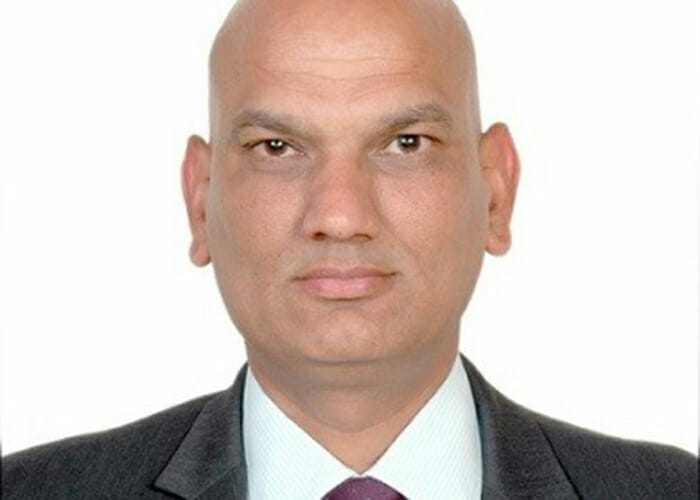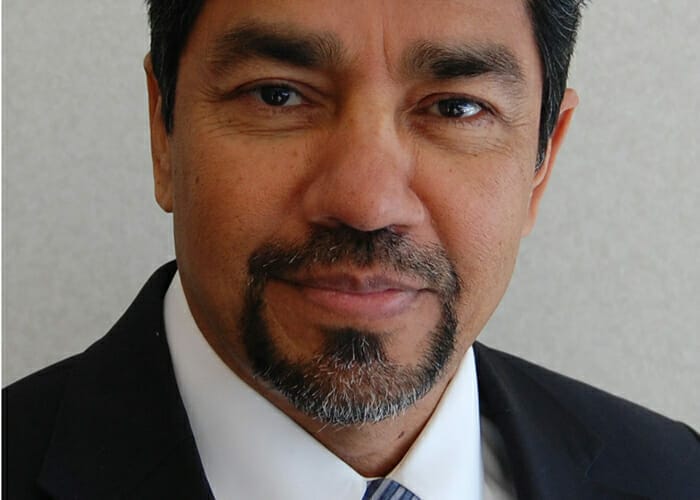The investment market in Saudi Arabia has many challenges, driven by structural, economic and regulatory constraints. For insurers, regulatory restrictions exert much pressure to manage risks while optimising returns in a limited investment universe. In addition, the local bond and equity markets are shallow and volatile. Investors navigate these restrictions in various ways.
First, there are some good signs for insurance companies in Saudi Arabia, with the opening up of the market to foreign investors, albeit conditionally, and the potential inclusion in the MSCI Emerging Markets Index.
The challenges in the Saudi Arabian market are driven by structural, economic and regulatory constraints. Investment managers are often flummoxed while choosing investment products and asset classes, with asset quality continuing to be a key credit weakness for many insurers in the region.
Also, the bond/sukuk market needs to be strengthened, as it is the linchpin of investments by insurers. Allowing insurers to invest selectively in alternative assets would go a long way towards reducing the difficulty in imparting effective diversification to the book.
Shallow local bond market
Low levels of sovereign and corporate bond issuance limit insurers’ fixed income investment options, increasing their exposure to equity and real estate. This leads not only to volatile investment returns but also to severe tightening of solvency margins, which the finance managers of companies don’t cherish.
In addition, the local bond/sukuk market is narrow and shallow, with hardly any trade reported to the bourses for days or even weeks. There are only five bond or sukuk issuances registered on the exchange, with a total value of SR26.2 billion ($7.0 billion), in addition to about 48 privately placed issues, totalling SR32.7 billion. So the local fixed-income market is not big enough to facilitate investing and trading.
The equity market, in contrast, is arguably deep and wide, featuring 176 stocks with an average market cap of SR9 billion ($2.4 billion) or more. But there is considerable volatility.
As a result, both the fixed-income and equity markets pose challenging environments for insurers trying to achieve required investment return targets. In response, insurance companies manoeuvre using different products within regulatory and investment guidelines to achieve their objectives. Insurers also approach the regulator seeking permission to invest in otherwise prohibited classes, though the regulator more often than not says no.
A reasonably large number of products are in the money market space, with good size and liquidity and yields on a par with typical deposits or better. Structured products are also an alternative to medium- to long-term deposits, offering better returns.
Because the local bond/sukuk market is so inhibiting, particularly in terms of liquidity, insurers resort to Regulation-S or 144a issues (securities sold within the United States by non-US companies), consciously taking the currency exposure into consideration, including the fact the Saudi riyal is pegged to the US dollar. Insurers also have the option to invest through funds inside or outside of Saudi with a solvency margin of 5 per cent and 1 per cent, respectively, of total assets. This gives considerable leeway, avoiding the typical restrictions on asset classes.
Insurance companies (mostly branches of foreign entities) were registered in Saudi Arabia only with the enactment of Control of Cooperative Insurance Companies Regulation per Royal Decree No. M/32 of July 31, 2003.
The regulation was passed on November 20 that year and became effective on April 23, 2004, with the publication of Implementing Regulations by SAMA (now Saudi Arabian Monetary Authority, then Saudi Arabian Monetary Agency).
Regulations abound for insurers
Implementing regulations were followed by many other regulations – essentially drawing upon the parent regulation – such as risk-management regulation, outsourcing regulation and investment regulation. Most of these changes focused on mandating higher solvency margins with robust balance sheets, which an efficient and effective regulator ought to do in a fiduciary capacity.
As many as 34 companies have been licensed and listed over the years, most of them with paid-up capital of less than SR500 million ($133 million). It’s pertinent to mention here that minimum paid-up capital required for an insurance company is SR100 million and that, for a reinsurance company, the minimum is SR200 million – the majority of the companies have both insurance and reinsurance licences. There is only one company, Saudi Re, that has a licence only to transact reinsurance business.
Gross written premiums reached about SR37 billion at the end of 2016, posting a meagre accretion of less than 1 per cent over 2015. However, the profits, before zakat (alms) of insurance companies, reached about SR2.5 billion ($670 million), almost 30 per cent contributed by return on investments, compared with about SR1billion the previous year. Insurance penetration in Saudi Arabia is more or less on par with other Gulf Cooperation Council countries, at about 2 per cent.
At the end of 2016, the insurance sector, with a market cap of about SR43 billion ($11.5 billion), contributed only 2.55 per cent of the total market cap of SR1.68 trillion.
But when it comes to trading and volatility, the insurance sector makes up quite a significant part. Insurance companies contribute about a quarter of total trading transactions – including 20 per cent of transactions in listed companies – and one-seventh to total trading value and volume.
The economic environment is driven by low oil prices and they are a headwind for the Saudi insurance companies, as evident from growth of just half a per cent in the top line during 2016. The same may happen in the short to medium term, as economic growth is held back and weighing more on government spending.
Since insuring and investing are quite correlated and complementary, especially in terms of risk and capital allocation – as more risk in insuring has to be supported by less risk in investing and vice versa – a deceleration in the top line arguably results in lower net cash inflows and necessitates higher liquidity in investments, thus thwarting the achievement of optimised returns. In addition, regulatory requirements mandate that insurance companies invest at least 50 per cent in Saudi riyal and a minimum of 80 per cent in Saudi Arabia.
Regulations also prohibit investing in derivatives, option contracts, hedge funds, deposits with foreign banks, private equity investments and any off-balance sheet instrument, again unless specifically approved otherwise. The regulations essentially direct and encourage investing in bank deposits and highly rated bonds, particularly sovereigns.
The risk weights attached to assets depend on the size of balance sheet, rather than, ideally, on the quantity and quality of the asset itself. For example, investments under the “Shares-Saudi-listed” asset class are eligible for solvency margin up to 5 per cent of total assets (balance sheet size) irrespective of their own size and quality.
This means all investments in Saudi listed stocks up to 5 per cent of total assets are fully admissible for solvency margin – and anything above 5 per cent, fully inadmissible. Any other equity, be it developed market equity core/satellite or emerging market equity, attracts admissibility of only 1 per cent of total assets, leaving some of the asset classes even with zero per cent admissibility.
Mamraj Chahar is the chief investment officer of Saudi Re.



